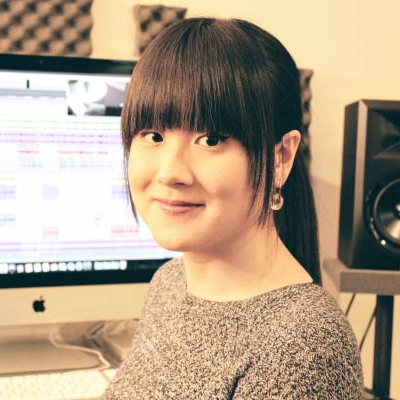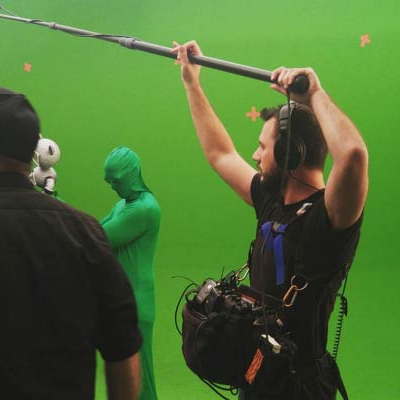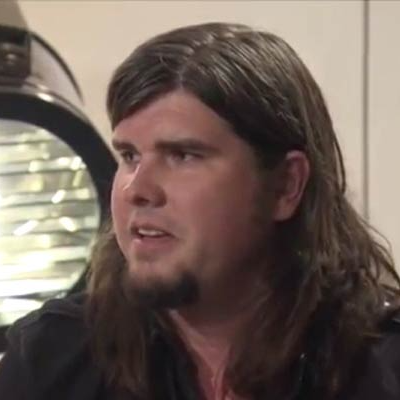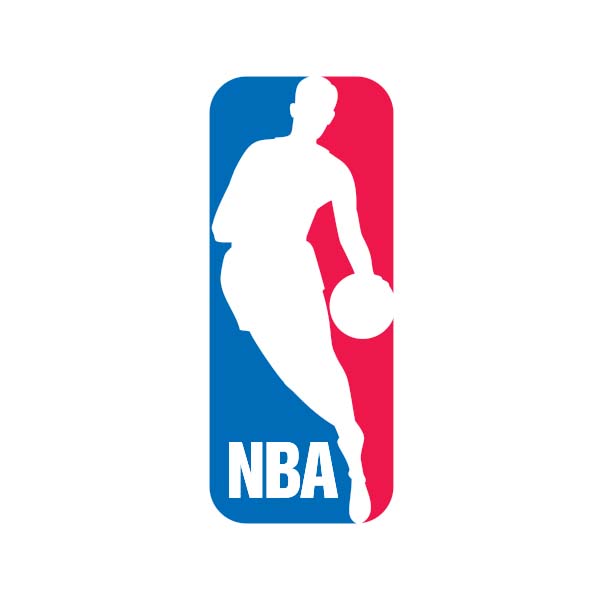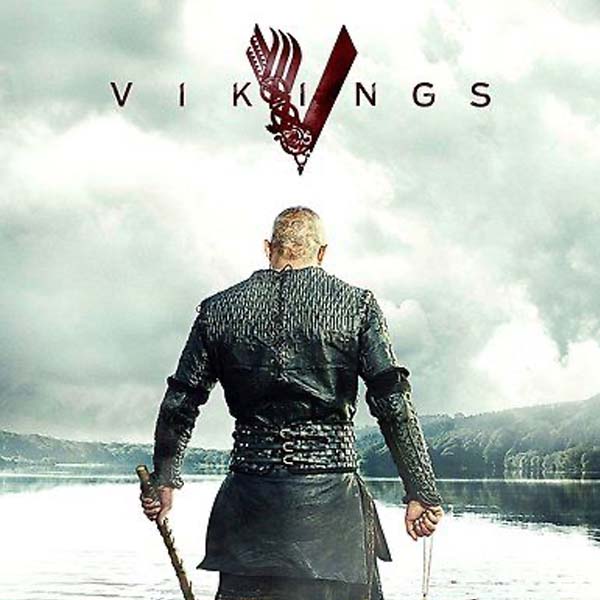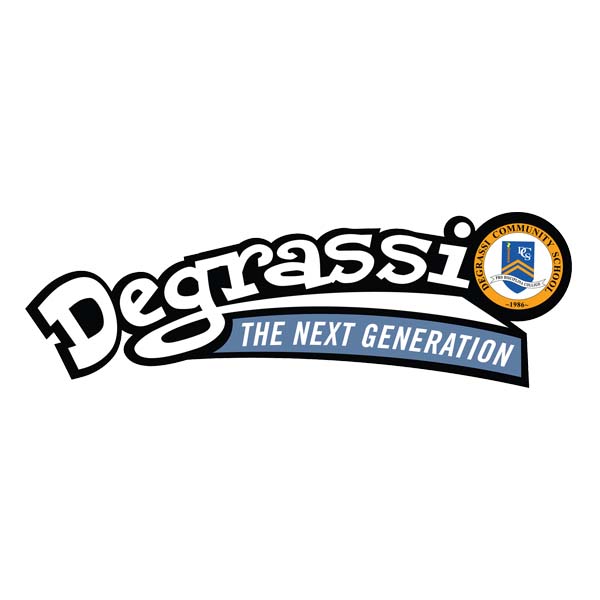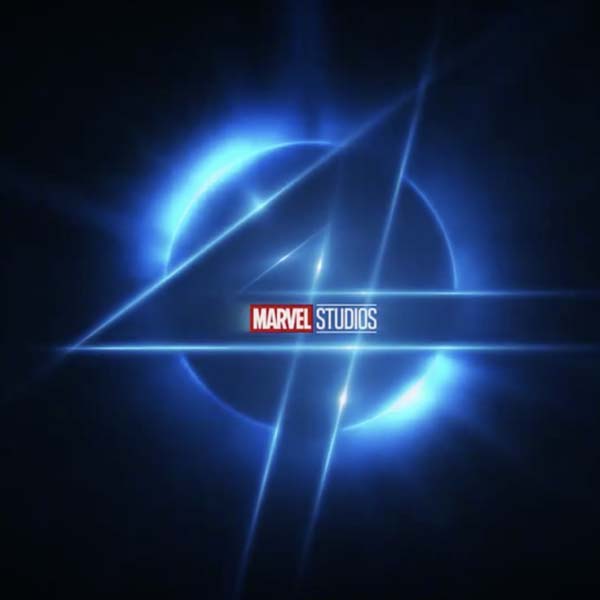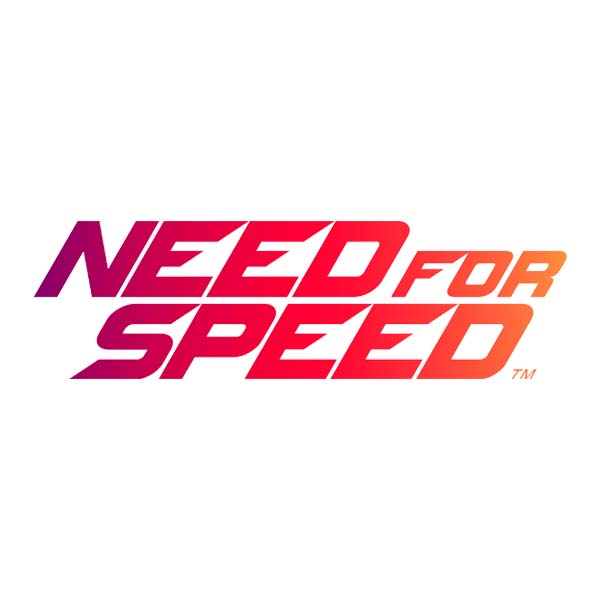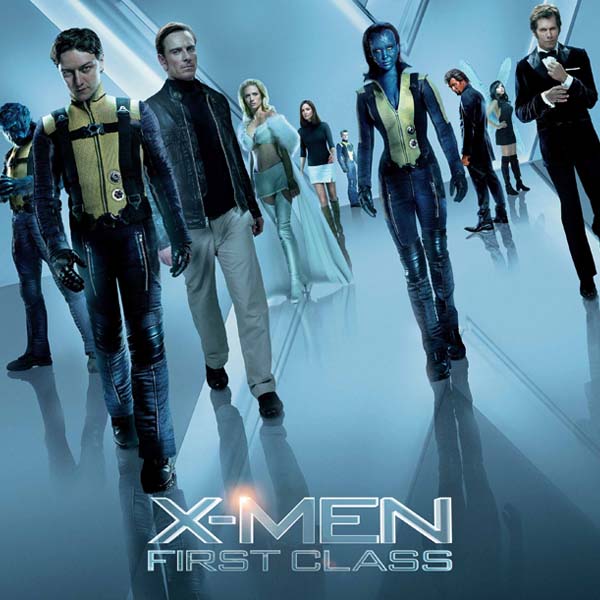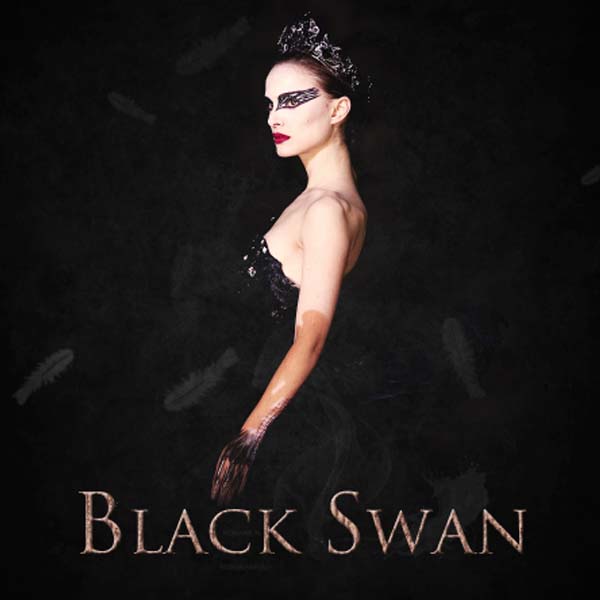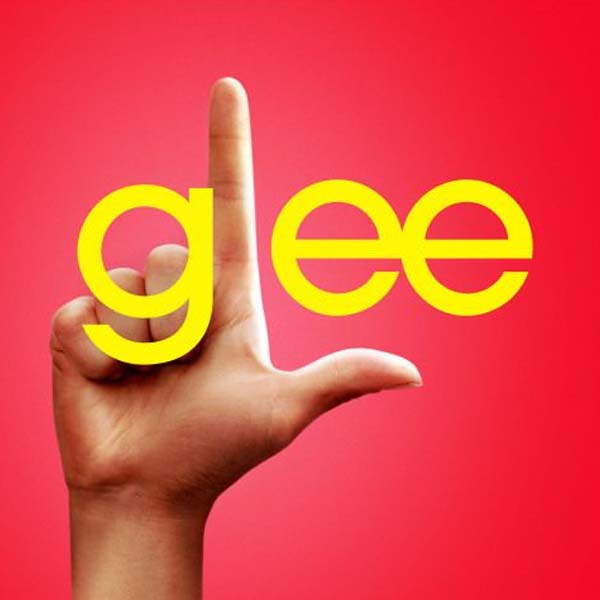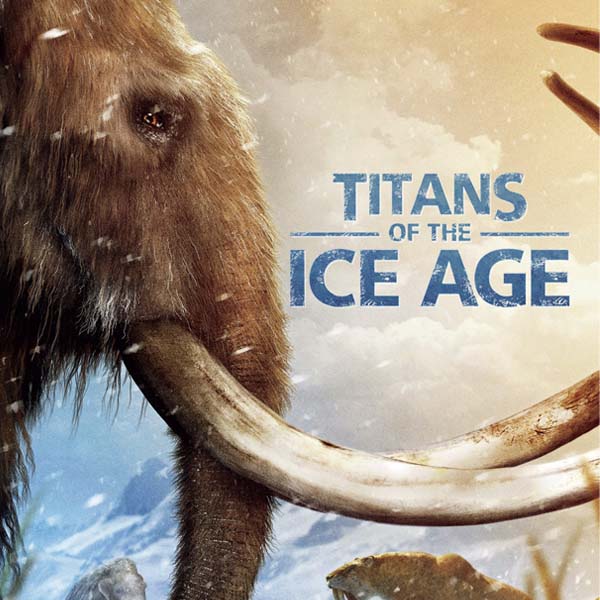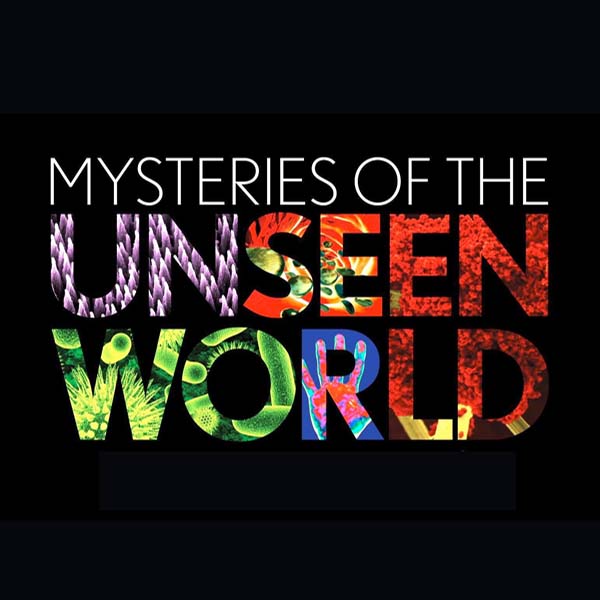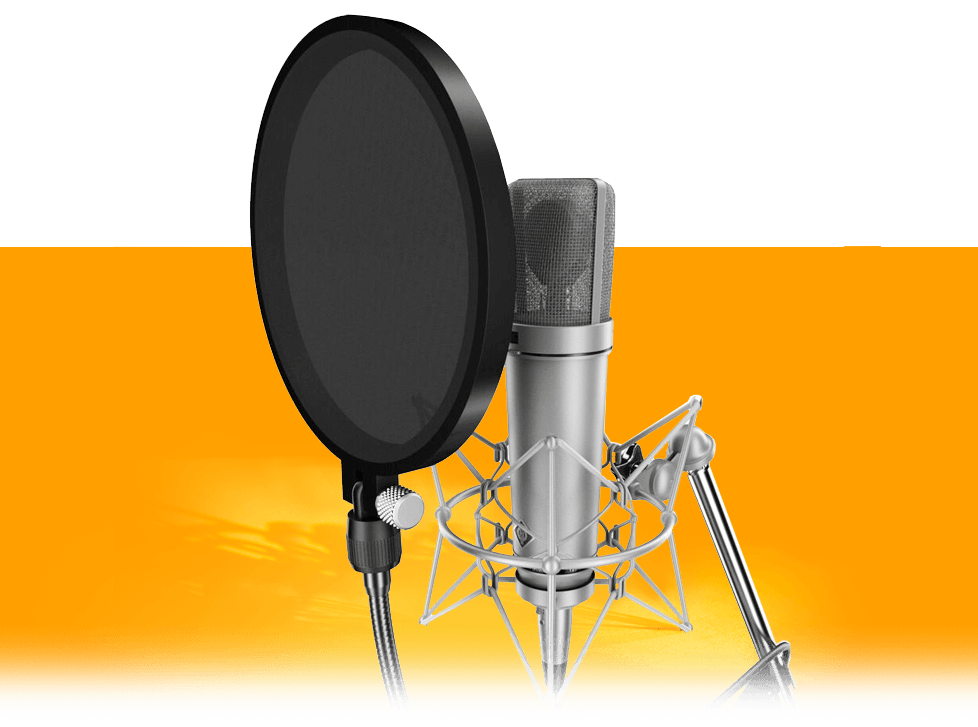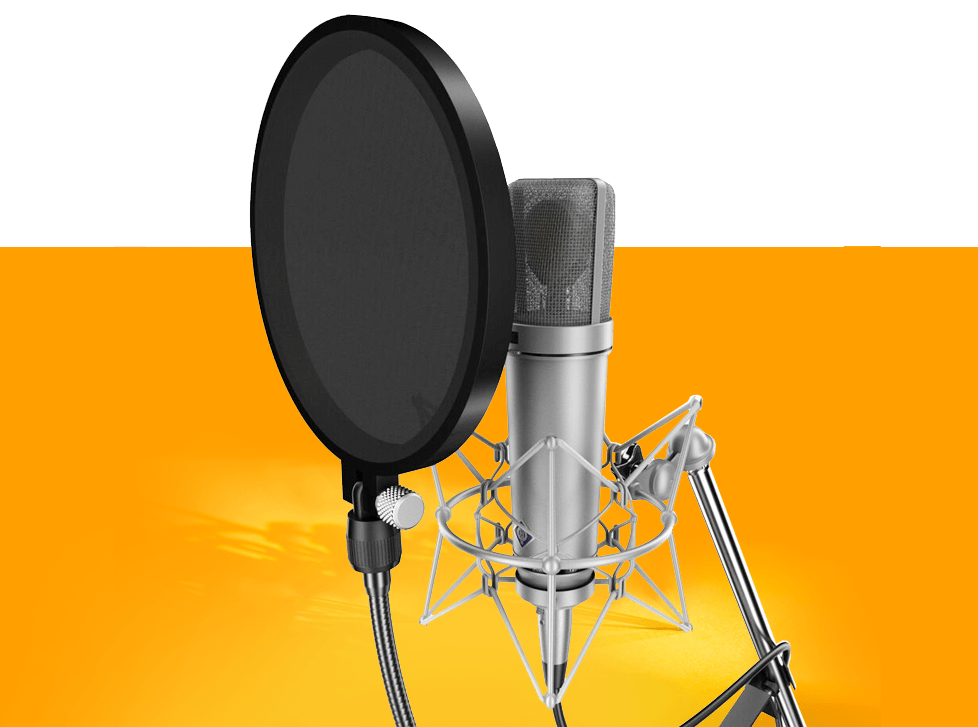Audio For Visual Media School
Opportunities In Audio For Visual Media
Perhaps you're an avid gamer fascinated by game design. A film buff who knows suspense is something you hear. Maybe you're into sound design, making videos of your band's shows, or have a YouTube channel you create content for. Audio for visual media is one of the many creative opportunities many of our alumni take after graduating from the OIART program.
Top OIART Employers
Here is a list of some of the top broadcasting, media and gaming studio companies in Canada that look to OIART year after year to hire the best in audio for visual media. Follow your passion and you could be next!
Possible Careers in Audio For Visual Media
FAQs About Audio for Visual Media
Ready to Start?
OIART's Audio Program Includes:
✓ Small Class Sizes
✓ On Site Facilities
✓ Industry Leading Instructors
✓ Post Grad Support & Guidance
✓ Exclusive 11 Month Program
Top Reasons Why You Should Choose OIART.
Have Questions?
If you have questions about our audio engineering and music production program or would like to book a tour, we would be pleased to speak with you.
Text Us: 519.200.4151
Share This With a Fellow Music Lover
Apply in 4 Steps!
Step 1: Click apply now.
Step 2: Answer 8 questions about yourself.
Step 3: Upload supporting documents.
Step 4: That's it! You are done.
Grad Career Spotlights
From Much Music video awards to the Stanley cup or the Olympics, OIART grads are there. What do Hollywood movies, hit TV series, award-winning documentaries and the hottest video games have in common? All feature the audio workof talented OIART grads.
Michelle Hwu ('15)
Since graduating from OIART in 2015, Michelle Hwu has been actively working in audio post-production. She began interning at Tattersall Sound & Picture, where she had the opportunity to work and train as a Sound Assistant.
Carlo Scrignaro ('16)
Carlo is a Sound Designer/Editor/Mixer and an all-around Audio Engineer based in Toronto, Ontario, who started his career as a musician recording his own drum cover videos that he posted on YouTube.
Wayne Lemmer ('03)
Graduated from OIART’s audio production school in 2003 and soon afterwards the Ilderton native moved to Hollywood. There, he landed a job with 20th Century Fox, one of the top film studios in the world.
